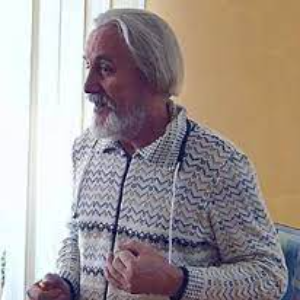Title : Comparative analysis mathematical models for the problems of electron optics
Abstract:
The comparative analysis of modern mathematical models for 3D problems in electron optics is presented. These methods include both stationary and non-stationary self-consistent problems in the optics of intense beams of relativistic charged particles, as well as problems in the optics of imaging systems. Models of "current tubes" for stationary problems, "particles- in-cell" for non-stationary problems, as well as various versions of aberration theory methods for two-dimensional and three-dimensional problems of imaging optics are considered. Comparative characteristics of the effectiveness of the models under consideration are given in relation to the accuracy of the solutions obtained and the required resources of computing systems.
The new approach to solve the electron optics problems in three dimensions is presented. It is based on the principal ray method suggested by G. Grinberg in 1948. That perspective approach was not realized before for full three-dimensional electron optic systems, probably because of the complexity of its mathematical apparatus. We describe the analytical technique of the boundary element method (BEM) for the field evaluation, and 3-rd order aberration expansion for the trajectory analysis. The described approaches are illustrated by solving complex problems for physical electronics devices.
Audience Take Away:
- When solving complex problems of electron optics, on the basis of the presented report, the audience will be able to choose the most appropriate and effective method that meets the goal.
- The report presents in sufficient detail the features of mathematical models.
- The persuasiveness of the presented material is illustrated by examples of solving complex problems of electron optics.


